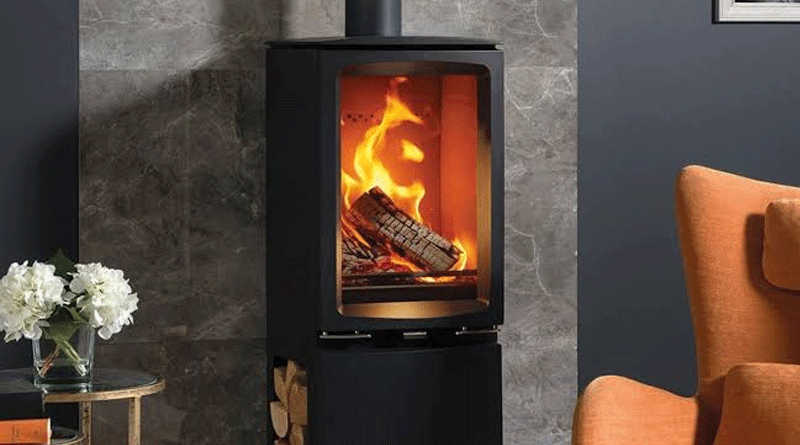Corn Burning Furnaces more Economical than Wood
Corn burning furnaces are rapidly becoming a favorite among homeowners looking for alternative heating sources. These unique furnaces use an excellent fuel of biomass fuel, corn, for heating instead of a more expensive form of non-renewable resource. Whereas natural gas, propane or coal utilizes resources that are quickly dwindling in supply and may not be around for the next generation, corn can be grown easily year after year. For this reason, corn burning furnaces are quite inexpensive to fuel and run, regardless how harsh winter’s cold winds blow. Instead of freezing in your home and still shelling out a small fortune in heating costs, warm up to the idea of installing a corn burning stove in your home.
Corn burning furnaces are quickly becoming more widely used in all parts of the country, although the idea of stoves or furnaces that use corn as a fuel source is certainly nothing new. Residents of the middle of the country have been heating their homes with corn burning furnaces for many years now. This trend is catching on all over the country with good measure—these furnaces are incredibly clean burning and efficient so that you can ensure your hard earned cash is not burned along with the corn.
These furnaces use dried kernels of corn to produce heat by burning the kernels in the stove area of the furnace. Instead of corn cobs to fuel the furnace as popularly believed, the dried corn is a much more effective way to heat a home. In fact, corn is the most efficient biomass fuel on the market today. Other forms of biomass fuels include cherry pits, but they are unable to be produced in great supply so that homes all over the country can be reliably heated with this biomass method of fuel. For those concerned about the environment, burning corn as fuel is a great way of ensuring the Earth’s environment is damaged in your attempt to heat your home.
When looking to purchase corn burning furnaces, there are a variety of options available on the market for all budgets. For those on a limited budget, consider smaller furnaces or stoves that will be easy on the pocket book without compromising the heating quality of your home. If you do decide to purchase a smaller stove, carefully consider the position of the stove in your home to ensure you maximize the areas affected by the heat produced. Situate your stove in a central location to your home or in a favorite room usually occupied by your family. Many residents also choose to place a corn burning stove on a lower level of their home so that the heat will rise and heat the upper areas of the home.
Often, individuals looking to save money on heating costs for their home turn to wood burning fireplaces. Although a wood fireplace is generally cheaper than electric heat or a gas furnace, the necessary work involved in heating a home with wood is often too great for the average homeowner. Plus, most urban and suburban settings prove difficult for residents to find cut wood available for burning. With corn burning furnaces, there is no mess and potential risk from infestation that comes with wood. Furthermore, homeowners do not have to deal with the hassle and worry of collecting wood for the winter’s burning or ensuring the wood remains dry for the burning process. However you cut it, corn burning stoves and furnaces will save you a great deal of time, hassle and money when it comes to heating your home. These furnaces will allow you to ensure your home and family are properly heated this winter while not have to dip into you savings to do so.

